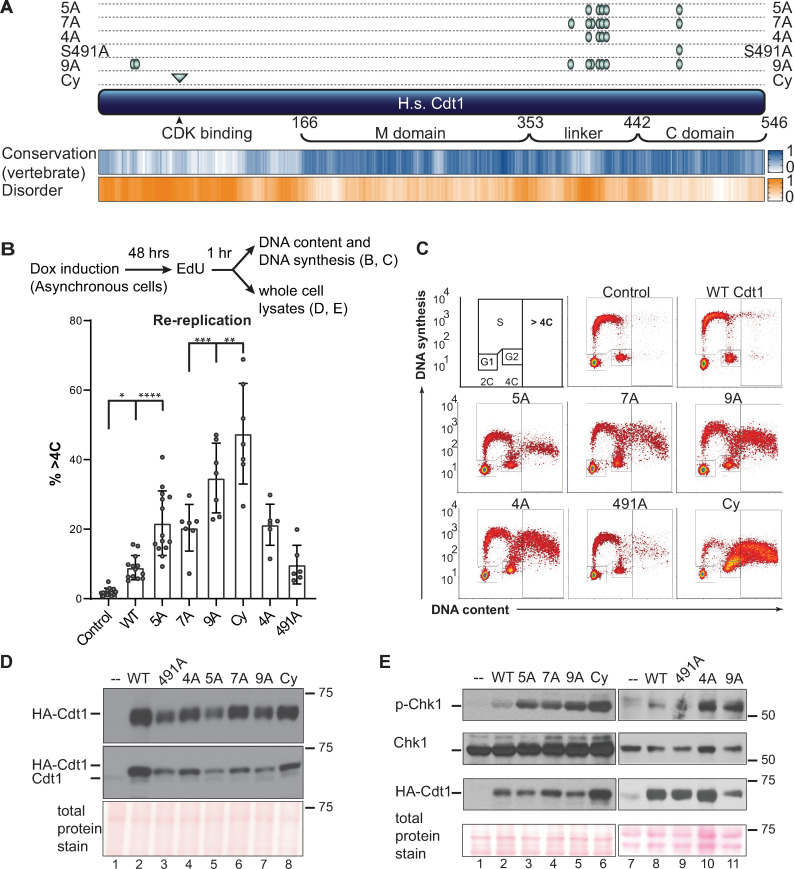Fig 1. Cdt1 phosphorylation restrains re-replication.
A) Schematic of the human Cdt1 protein illustrating features and variants relevant to this study. Cdt1 contains two structurally characterized domains, the Geminin and MCM binding domain (M) and a C-terminal MCM binding domain (C). The Ser/Thr-Pro sites that were altered for this study are marked with green ovals, and the cyclin binding motif is marked with a green triangle. Positions are T29, S31, S372, S391, S394, T402, T406, S411, and S491; the cyclin binding motif (Cy) is 68–70, and the Cdt1-2E3D mutant in Fig 5 bears glutamate and aspartates at same sites as the alanines in Cdt1-5A. Human Cdt1 was aligned with 26 vertebrate Cdt1 sequences using ClustalW, and a relative conservation score was derived (see also Methods and S1 Fig). The blue heatmap indicates relative conservation at each amino acid position of human Cdt1. An intrinsic disorder score was also derived for human Cdt1 and shown as the corresponding orange heatmap. Darker shades indicate greater conservation or disorder respectively. B) Asynchronously growing U2OS cells with the indicated chromosomally-integrated inducible Cdt1 constructs were treated with 1 μg/mL doxycycline for 48 hours and labeled with EdU for 1 hour before harvesting. Cells were analyzed by flow cytometry for DNA content with DAPI and for DNA synthesis by EdU detection; the workflow is illustrated at the top. The bar graph plots the percentages of re-replicating cells across all experiments. Bars report mean and standard deviations. Asterisks indicate statistical significance determined by one-way ANOVA (*p = 0.0175, **p = 0.0023, ***p = 0.007, **** p<0.0001); 5A vs 7A, 5A vs 4A and WT vs 491A were not significant as defined by p>0.05. C) One representative of the multiple independent biological replicates summarized in B is shown. D) Whole cell lysates as in B were subjected to immunoblotting for ectopic (HA) or endogenous and ectopic Cdt1; Ponceau S staining of total protein serves as a loading control. E) Asynchronously growing U2OS cells were treated with 1 μg/mL doxycycline for 48 hours, and whole cell lysates were probed for phospho-Chk1 (S345), total Chk1, HA-Cdt1, and total protein; one example of at least two independent experiments is shown.

